This famous Roman monument has been the scene of some of the most horrific events in human history. The favorite amphitheater of the people of Rome wasn’t the place for the faint of heart, that’s for sure.
What was fun for some Romans, was a matter of life and death for the ones that needed to “perform.”
It is one of the 7 wonders of the world today, and in this article, you’ll discover the most interesting facts about the Colosseum.
1. The Colosseum has another name
What we all know as the Colosseum of Rome actually has another name, namely the “Flavian Amphitheater.”
It was built during the reign of 3 emperors:
These Roman Emperors are known as the Flavian Dynasty because of the fact their surname was “Flavius,” hence the name Flavian Amphitheater or “Amphitheatrum Flavium” in Latin.

2. The largest in the world
The Colosseum could hold about 50,000 people and after renovations, this number would rise to up to 80,000.
This makes it the largest amphitheater that has ever been built at that time as it attracted about 65,000 spectators on average.
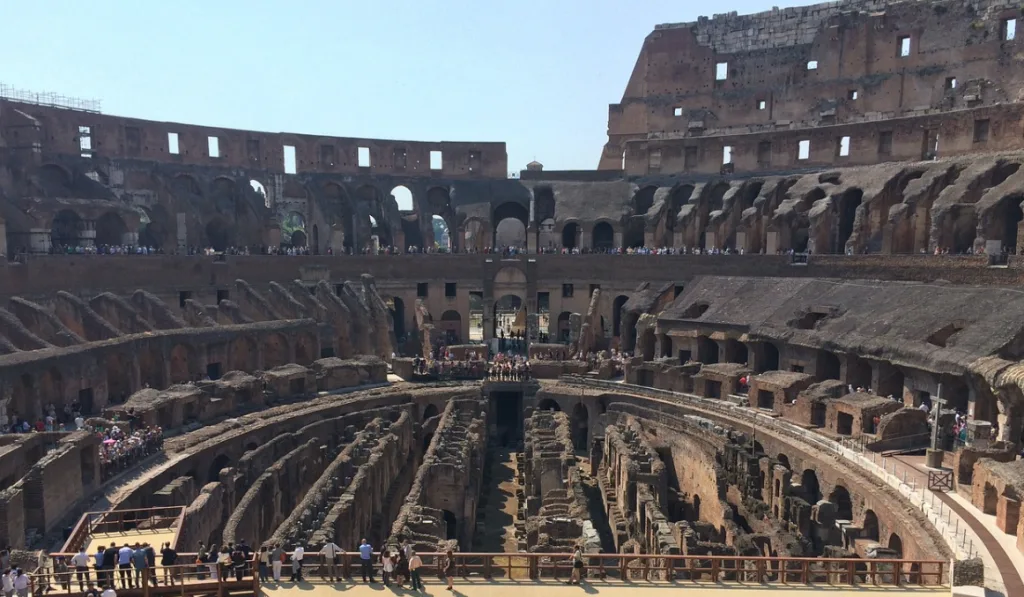
3. It was built in about 9-10 years
You would imagine that an enormous building like this would take decades to build. So it’s quite surprising that it only took about 10 years to complete its construction.

Emperor Vespasianus had started the construction in 72 A.D. and his heir Titus finished it in 80 A.D.
The final finishing was done by the last emperor of the Flavian Dynasty, namely Domitian.
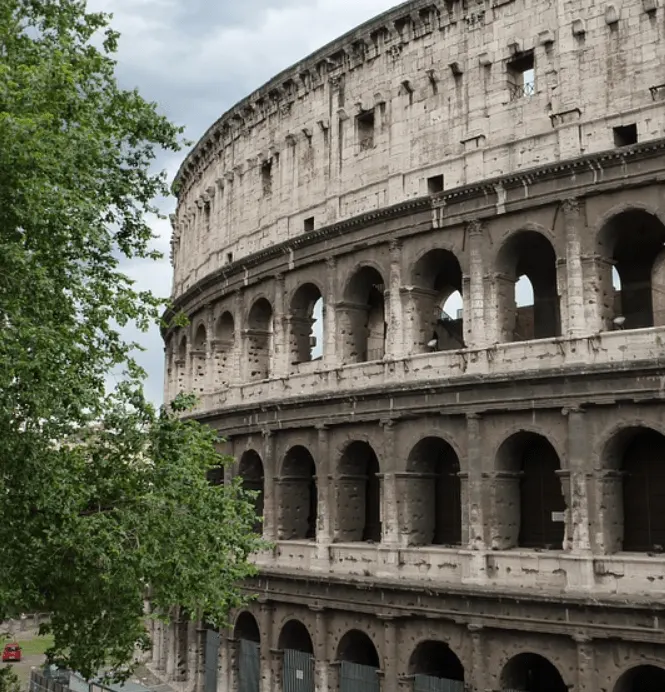
4. A huge statue of Nero stood next to it
We know where the name “Flavian Amphitheater” comes from. But where does the name Colosseum come from?
The infamous previous Emperor Nero had built a statue that stood about 30 meters (100 ft) tall and was modeled after the Colossus of Rhodes.
Strangely enough, Nero’s successors turned it into a statue honoring the sun god Sol and it was moved next to the Colosseum. It’s widely believed that this colossal statue gave the amphitheater its name.
It changed appearance multiple times in history and lasted well into the medieval era. Some even claimed it had magical powers.
Nothing lasts forever though and it was eventually pulled down to melt and reuse the bronze it was made of.

5. Where is the Colosseum located?
We all know that the Colosseum stands in Rome, but where exactly? Well, the Colosseum stands right into the center of Italy’s capital.
It’s located just east of the historical center called the “Forum Romanum” or simply “Roman Forum” in English.
The Roman was really the center of the ancient city of Rome. It used to be a marketplace and surrounded by government buildings, but also a place for public speeches, electoral campaigns, and various other public events.
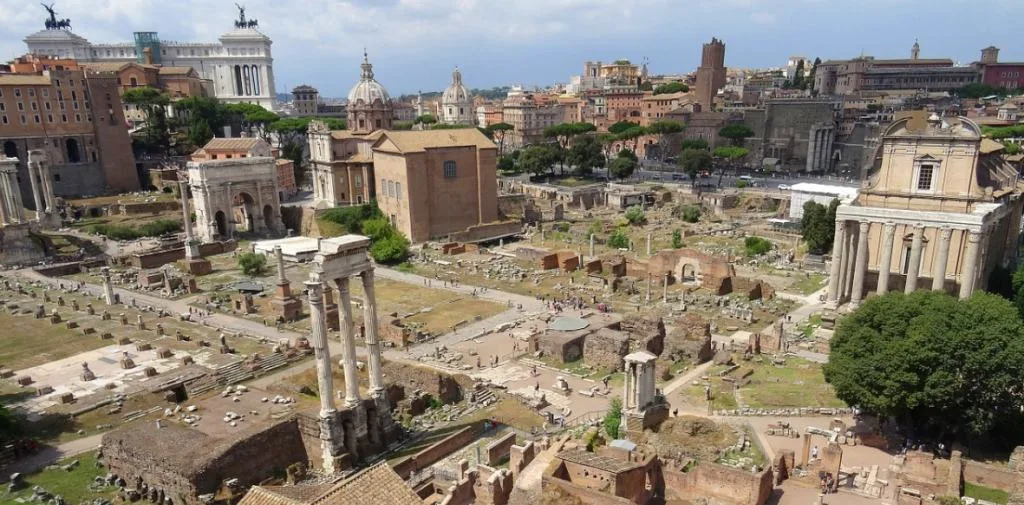
6. Did Jews help to build the Colosseum?
Around 66 A.D. the Jews in Roman-controlled Judea had enough of the high taxes imposed by their masters. This led to an all-out revolt, one of three in total, and resulted in a lot of anguish for the Jewish people.
Better yet, it led to the destruction of the holy Jewish Temple which stood on the Temple Mount in Jerusalem.
Before they destroyed it, Vespasius filled his pockets with a lot of booties and used this to start the construction of the Colosseum.
So the Colosseum was unwillingly financed by the Jews. What isn’t certain though is if the Romans turned the prisoners of war that were captured during the Jewish revolt into slaves and made them work to help with the construction.
The fact that the Colosseum was built so quickly (considering the time and circumstances) and that they had a reputation of humiliating the people they defeated, might very well be the case.

7. Mock sea battles amongst other events
The Colosseum would sometimes be the stage of mock sea battles. The wooden floor would be temporarily removed and the Colosseum would be filled with water. Ships would then enter the arena to recreate epic naval battles.
You would assume that this was an amazing spectacle, but strangely enough, this bored the Romans and these events were held elsewhere.
The Colosseum took place for what it’s known for best, gladiatorial fights that many times included wild animals.
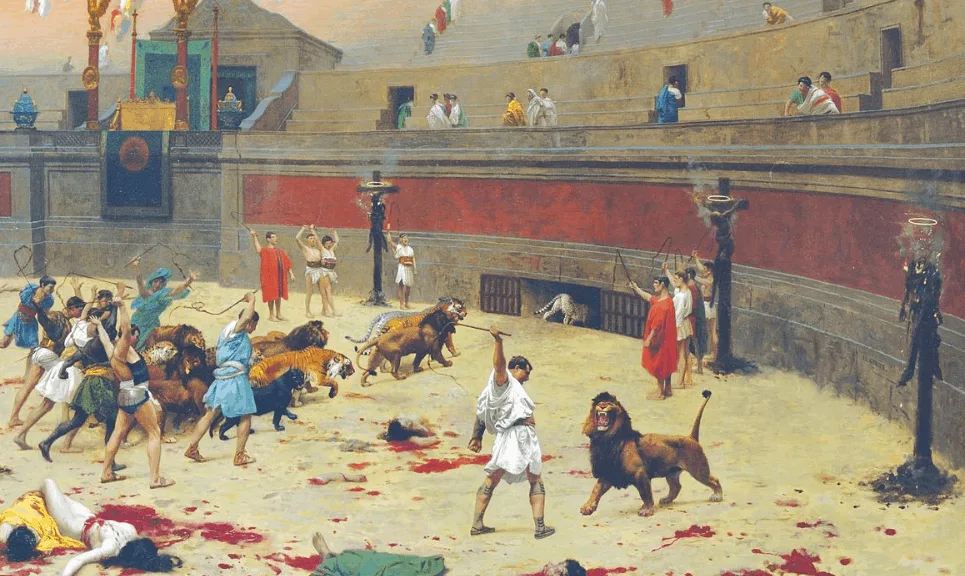
8. The Colosseum had seating numbers
Well, sort of…
It’s an interesting fact about the Colosseum that the seating areas were reserved for people of a certain class and/or financial status. This seating arrangement reflects the stratified nature of ancient Roman society.
There were several tiers:
Special boxes at the north and south end – These were reserved for the emperor and the Vestal Virgins respectively and provided the best view. The ultimate VIP seats as it were.
The podium next to the ultimate VIPs – These were reserved for the senatorial class. They could bring their own chairs and some of these fatcats even carved their name into the stones to reserve their seating area.
The level above the VIPs – This level was reserved for the noble class which wasn’t part of the senatorial elite but still held a certain title.
The upper levels – The regular citizens had the entire upper level for themselves but even here there was a distinction. The lower part of the upper level was for the wealthy Romans and the upper part was for the poor Romans.
To make sure that you weren’t thrown in the arena with the lions for being in the wrong section, the entrance gates contained Roman numerals. An intricate network of corridors and walls kept all classes of people separate at all times.
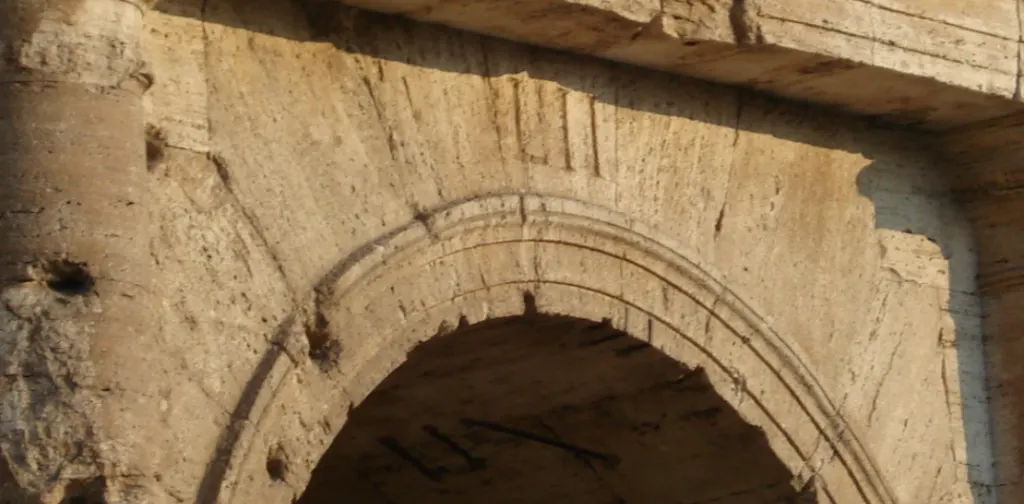
9. The Romans were thirsty for blood
We all have the image of gladiators fighting brutal battles to the death. Nothing a movie has shown us can explain how hungry the Romans must have been for bloody games though.
One of the most famous emperors that helped expand the Roman empire to reach its largest territory was Trajan. Every victory was celebrated with weeks, sometimes even months of games.
After conquering Dacia, Trajan decided to hold the biggest number of contests ever. In a period of 123 days, 10,000 gladiators and 11,000 wild animals fought in the Colosseum.
But that wasn’t enough…
During lunch breaks, the Colosseum was the stage of “ad bestias” executions in which the condemned would be sent into the arena naked and without weapons, only to be torn apart by hungry wild animals.
Do you prefer football? I think I do…
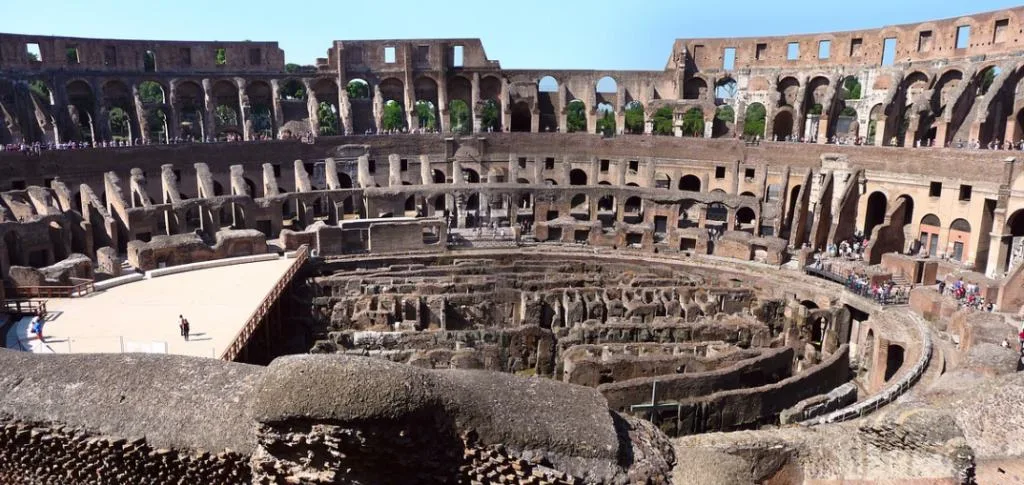
10. The Colosseum was abandoned for a long time
When the splintering happened in the 5th century resulted in the fall of the Western Roman Empire, the Colosseum lost its appeal.
Blood-thirsty gladiatorial battles and public executions with animals weren’t held in the Colosseum anymore. This in combination with natural disasters such as earthquakes and lightning storms slowly started the decay of the building.
This along with stone robbers and using it as a quarry for multiple projects such as The cathedrals of St Peter and St John Lateran, the Palazzo Venezia, and the Tiber’s river defenses, has led it to the state of decay it is in right now.
It wasn’t until the 18th century that with the help of Pope Benedict XIV (and multiple of his successors) quarrying of the Colosseum became prohibited.

More facts about the Colosseum
11. Emperor Nero built himself a huge “pleasure palace” called the “Domus Aurea” (the Golden House) after the great fire of Rome in 64 A.D. It included an artificial lake. It was never completed though and his successor Vespasian stripped it from its marble, decorations, and jewelry and built the baths of Trajan on top of it. The lake was filled and in that area, the Colosseum was built.
12. The Colosseum wasn’t the only amphitheater built in the Roman Empire. Romans loved a bloody show so there were over 250 similar arenas built to please the masses.
13. The planning of the construction of the Colosseum was done carefully. Since it was built on a drained lake, there were 8m (26ft) deep drains built underneath the structure to make the water flow away. The foundation of the building underneath the outer walls and seating area was in the shape of a doughnut and went 12-13m (39-42ft) deep.
14. The Colosseum is 189 meters (620 ft) long and 156 meters (511 ft) wide meaning it covers an area of nearly 30,000 square meters (98,458 square feet). It’s also nearly 50 meters high.
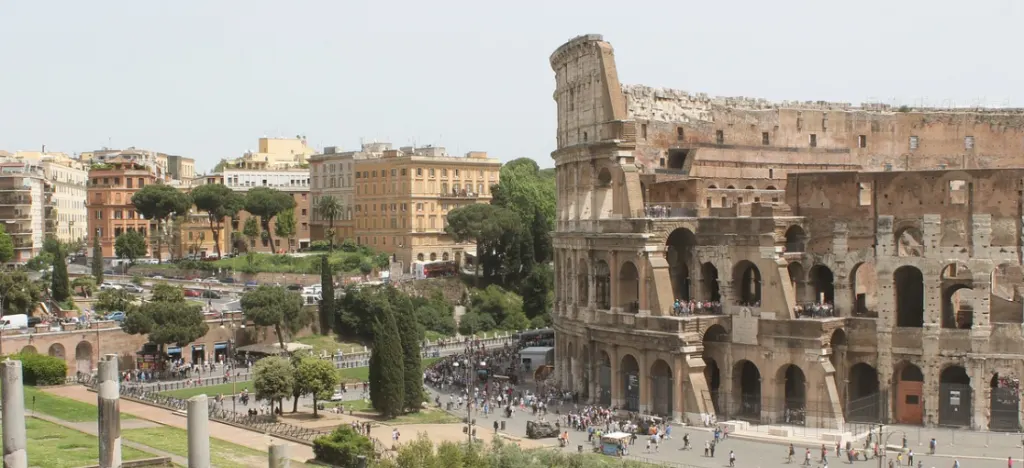
15. The front-row seats of the Colosseum were raised by about 2 meters, and the gladiators and wild animals were held back by a fence inside the area. This was to ensure safety and provide everybody with a clear view of what was going on respectively.
16. The Colosseum is built with over 100 cubic meters of Travertine limestone, the same building material used to build the Arc de Triomphe and the Sacré-Coeur in Paris for example. Other building materials include Tuff, some sort of volcanic rock, and brick-faced concrete.
17. While the front-row seats were as comfortable as can be, the other seating areas weren’t. When the stadium was full of people, the average seating area was just 40 cm (16 in) per person and everybody only had about 70 cm (28 in) of legroom. Not the idea of a comfortable afternoon sitting on your couch.

18. Nearsighted people sitting at the top wouldn’t have been able to see what was going on inside the arena. The top seats at the center of the Colosseum were about 100 meters away. And no, there weren’t any big screens hanging on top of the arena showing every kill in slow-motion as well.
19. The gladiator games were highly organized. Every gladiator had a record similar to current-day boxers who have a record of wins, losses, and knock-outs.
20. The Arch of Constantine, which was built between 312 and 315 A.D. is located right next to the Colosseum. It was dedicated by the Roman senate to honor his victory over Maxentius and celebrate the 10 years of his reign. Obviously, this was paired with a lot of bloody games inside the Colosseum.

21. Gladiators weren’t the only ones that found their death en masse inside the Colosseum. All sorts of exotic animals found the same faith inside the arena. These included lions, tigers, elephants, giraffes, hippos, bears, and many more.
22. Julius Caesar was one of the first to exploit the games of the Colosseum for his own benefit. He would let soldiers of captured armies fight each other to learn their fighting techniques. The knowledge he could then exploit in his future conquests abroad.
23. The people versus beast games were the most popular among all of the games. It’s impossible to know the exact numbers, but it’s estimated that over 500,000 people and over a million animals lost their lives inside the Colosseum during these games.
24. Animal hunts were held until the 6th century. The decline of the Roman Empire, however, put too much of a strain on the budget and that’s the reason games stopped being held altogether.
25. Christians were some of the most popular victims of the halftime show of “damnatio ad bestias.” The reason Christians were condemned to this horrific form of execution was in the hope that this would prevent other Romans to convert to Christianity.
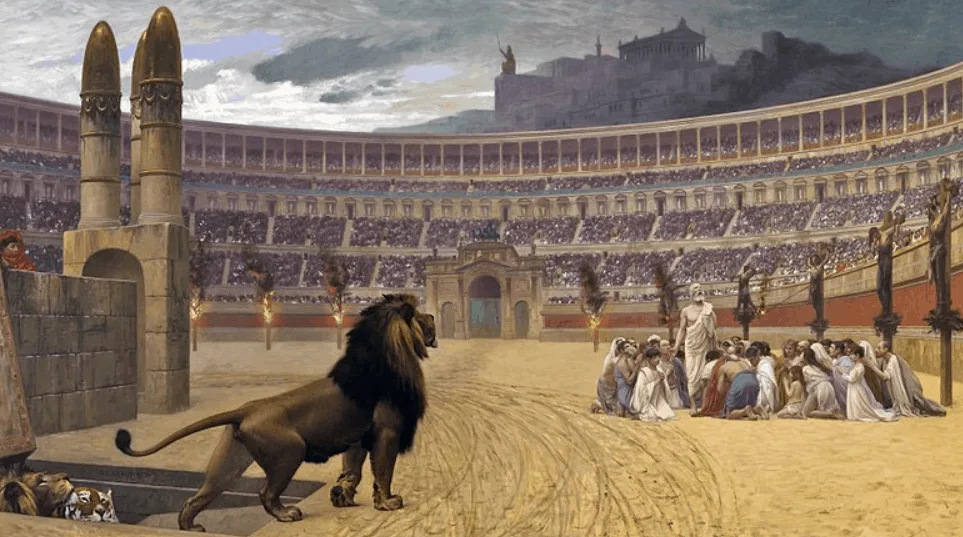
26. The last recorded gladiatorial fight in the Colosseum was much earlier than the last recorded animal hunt and dates from 435 A.D.
27. A typical day of Roman games would look like this: Animal entertainment in the morning, executions during the lunch break, and gladiatorial fights in the afternoon.
28. While the Trajan games that lasted 123 days were the most extensive games of all, the inaugural games were equally impressive. Under the reign of Emperor Titus who had completed the construction of the Colosseum, inaugural games were held that lasted 100 days and killed a total of 9,000 animals.
29. Executions with animals were particularly cruel as the wild animals were trained for several months to prepare them for the killings. This was needed because an arena with 50,000 cheering Romans was about the furthest from their natural habitat as one can conceive.
30. Apart from starving the animals to death and training them, there were 60 trap doors on the Colosseum floor that could be used tactically. If the animals that were released weren’t in the mood to attack, the condemned would be given the illusion they would be freed, only for a trap door to open up that made the condemned fall into a cage with a dozen hungry lions. Hilarity all around the arena as the unfortunate soul was being torn apart and devoured.
31. The Colosseum had over 80 entrances combined. The Codex Calendar of 354 claimed that the total capacity was about 87,000. With modern techniques, it’s been discovered that this claim was too high and correct estimates are about 50,000.

32. The Romans that went to the Colosseum were able to enter freely and were even given food during the games. This is exemplified by the saying “Bread and Games” or “Bread and Circuses” which means keeping the people happy with superficial distractions, even when the government isn’t doing a good job.
33. In the 6th century, a small Christian chapel was built in the center of the arena. That’s exactly the place where Christians were being executed less than a century earlier.
34. Later in the dark ages and early medieval times, the Colosseum has been used as a cemetery and the arcades below the seating areas as housing units that were rented out. This happened up until the 12th century when the Frangipani warlord family took over, fortified it, and turned it into a castle.
35. The famous sentence, “Those who are about to die, salute you,” wasn’t actually said by the gladiators before the games started. There’s only one record of gladiators actually saying that and it’s most probably improvised.
This means that you shouldn’t believe everything you see in movies…
36. Pope Sixtus had some other plans for the Colosseum. At the end of the 16th century, he wanted to clear the streets of Rome of prostitutes and planned to turn the Colosseum into a wool factory. Unfortunately, he died before he could realize his ambitious plan.
37. It’s speculated that the import of wild animals caused serious problems for the wildlife in Northern Africa. Entire species were wiped off the face of the earth because of the animal games in the Colosseum. An example of this is the North African elephant.
38. The area under the floor of the Colosseum is called the “Hypogeum,” which simply means a space underground. It consisted of 2 floors and a network of tunnels in which a lot of men were working in extreme conditions to make the show a success. The stench from animals, noise, and heat in the summer was horrific. There were 32 animal pens and about 80 shafts through which animals or scenery could be hoisted into the arena.
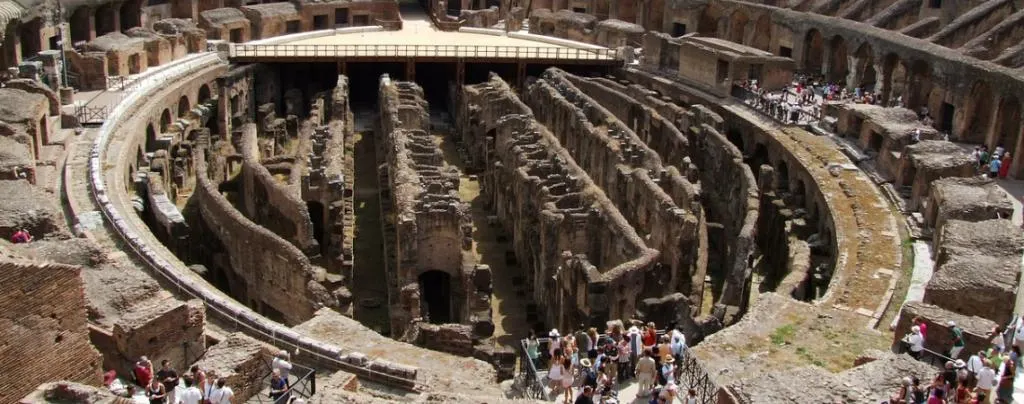
39. Since 2010, the Hypogeum has opened its doors to tourists. This means that anybody visiting the Colosseum can experience what the final moments of animals and gladiators must have looked like from below the arena floor.
40. Millions of people visit the Colosseum every year, making it one of the most popular tourist destinations in the world.
41. Not just the Colosseum, which has been voted as one of the 7 wonders of the world, but the entire site of the Forum Romanum, the ancient plaza of the Roman Empire, is on the world heritage site list of UNESCO.
42. The famous movie “Gladiator” directed by Ridley Scott wasn’t actually filmed in and around the Colosseum. It’s not that they weren’t allowed to, they were. It’s just that Mister Scott thought the Area around the Colosseum wasn’t big enough. A replica was built instead in Malta to film the movie. Total cost: Over $1 million.
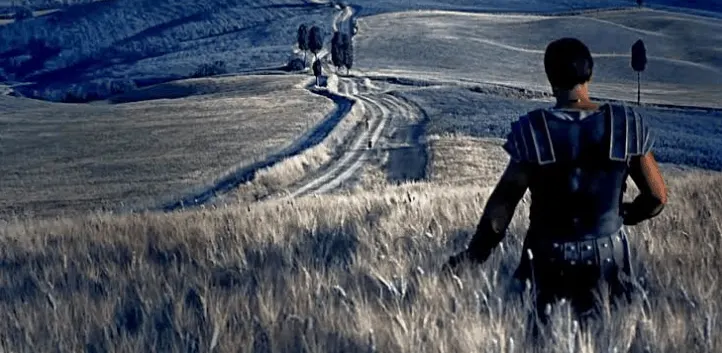
43. Over 18 Million Euros was spent recently for renovations of the Colosseum. The building is in a serious state of decay and renovations like this are more than welcome to retain one of the most infamous structures ever built.


Leave a comment
You must be logged in to post a comment.